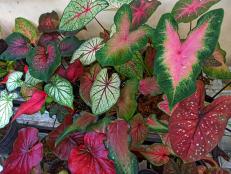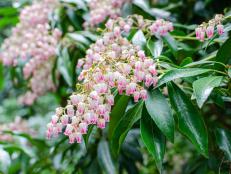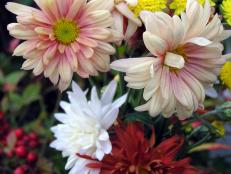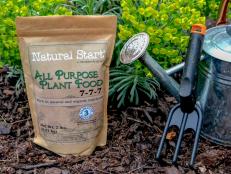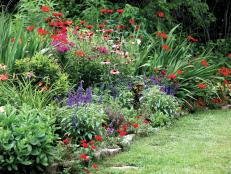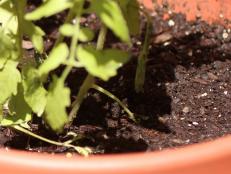The Reluctant Botanist
Learn about a wildflower that is a favorite for shade gardens and was also an ancient disease remedy.

William Withering hated botany. He had to pass the classes on plant identification and remedy preparation to obtain his medical degree from the University of Edinburgh. He preferred the manlier skills of surgery and the revelations of human anatomy. In the 18th century these were exciting emerging sciences.
In fact, 23-year-old Withering wrote his father to complain that botany was so unrelated to his interests it "gave me disagreeable ideas."
Love has a way of vanquishing disagreeable ideas and changing the way we look at life. Such was the case when Withering met the beautiful Helena Cooke, an accomplished botanical painter. Whenever Withering came calling, he brought fresh flowers picked from the countryside for her to paint. He scoured the old English herbals to discover their uses and identity to better strike up stimulating conversations with Helena. By the time they married in 1774, Withering's courtship investigations had flowered into a full-fledged passion.
At his surgery, Withering saw too many patients die from dropsy, or edema. A common cause of death in the 1700s, the illness is rooted in the heart's inability to pump enough blood. Fluids build up to alarming levels in the body. The result is a heartbeat that is fast, unstable and ineffective.
Physicians of that day had no cure for dropsy and watched their patients suffer horribly and die. Frustrated, Withering couldn't help noticing that some patients got better. His inquiries revealed a local folk remedy that included 20 ingredients.
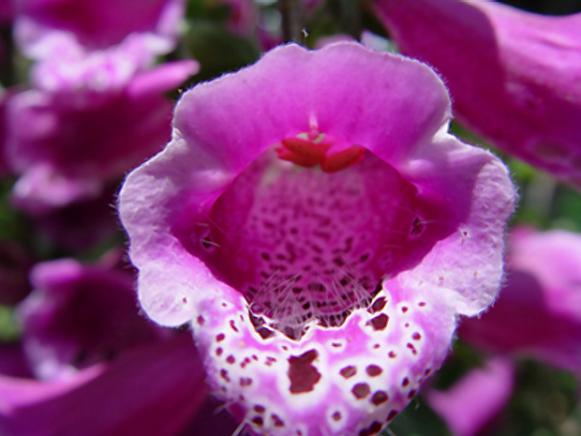
After discounting most of them, he began systematic testing of the remainder on his patients to find the efficacious plant. It proved to be the leaf of foxglove, a native wildflower of Britain. He would spend the next 10 years studying its effects on the heart.
Carl Linneaus, the Swedish physician and botanist, named foxglove Digitalis, because folklore said the tubular flowers were worn on the "digits" or fingers of fairies. A biennial, it readily self-sows. In the second year the soft green rosette of foliage bolts into a tall spike bearing large purple blooms. They became a cottage garden favorite in England.
Withering's desire to impress Cooke resulted in the discovery of a drug that would save millions from the ravages of edema. Foxglove would not become widely used by physicians until 1870, when a French chemist isolated the active constituent and named it digitalin. This became the standard pharmacy drug until 1970, when a synthetic form, digitoxin, was produced.
Foxglove is the undisputed queen of shade gardens, even though it will stand full sun in cool, damp climates. It prefers evenly moist soil that is well drained to persist from season to season. The species, Digitalis purpurea, is easy to grow from seed sown from April to June.
Plant in the garden when they are large enough, then nurture the plants through the season for large specimens to over winter. This effort pays off with much larger blooms the following year.
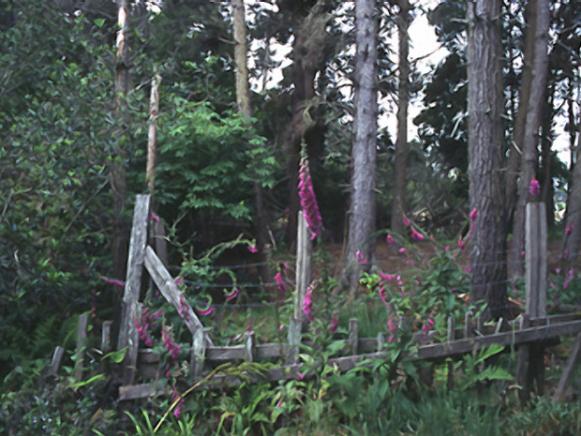
You'll find an exceptional collection of foxglove varieties in the Thompson & Morgan seed catalog (www.thompson-morgan.com), including the stately 'Glittering Prizes' and 'Excelsior Hybrids' in a full range of colors. These improved varieties can reach a staggering 6 feet in bloom. For greater longevity, single-color perennial foxgloves average about 3 feet tall. Yellow Digitalis grandiflora's longevity is well proven. Larger individual blooms distinguish Digitalis x mertonensis, whose color is described as crushed strawberry.
Withering's great discovery is proof of what can happen when love-struck youth tries desperately to impress the girl of his dreams.







